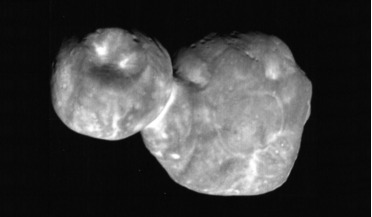 17 May 2019
First science results released on Ultima Thule
17 May 2019
First science results released on Ultima Thule
... lost to space, allowing for longer-chain chemical reactions to take place involving carbon or nitrogen. Tentative fingerprints of methane, along with water ice have potentially been observed on Ultima by LEISA, say Stern and colleagues in their...
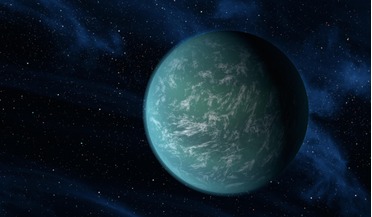 04 May 2020
Exoplanets with hydrogen-rich atmospheres could harbour life
04 May 2020
Exoplanets with hydrogen-rich atmospheres could harbour life
... that are studied more readily. So far, a number of gases such as sodium (Na), potassium (K), carbon monoxide (CO), water (H2O), methane (CH4), and titanium oxide (TiO) have been identified in the atmospheres of giant exoplanets, but when it comes...
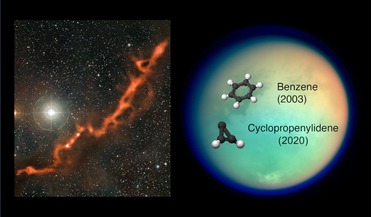 28 October 2020
Unexpected molecule found in Titan's atmosphere
28 October 2020
Unexpected molecule found in Titan's atmosphere
... and dotted with hydrocarbons, Titan’s atmosphere is made mostly of nitrogen, like Earth’s, with a hint of methane (CH4). 3.8 to 2.5 billion years ago, methane filled Earth’s air instead of oxygen, so if conditions on Titan today are similar to those...
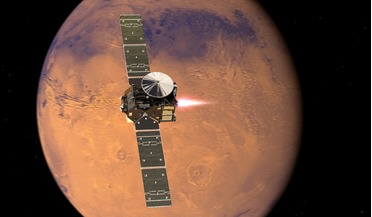 12 February 2021
Water vapour spotted escaping from Mars' atmosphere
12 February 2021
Water vapour spotted escaping from Mars' atmosphere
...hugging the planet and has uncovered clues to help to solve the methane mystery on Mars. But now it could be about to determine... new class of gas discovered since the claimed observation of methane by ESA's Mars Express in 2004, which motivated the ...
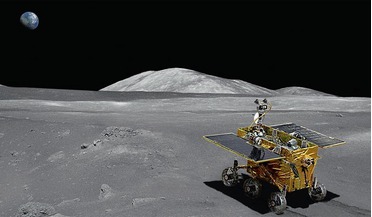 July 2014
Is there a space race or are India and China just coming of age?
July 2014
Is there a space race or are India and China just coming of age?
... time. Whereas MAVEN will study Mars' upper atmosphere, MOM carries different instruments, include a sensor to detect methane, a chemical that could mark the presence of microbial life. Aside from science, a major factor in the Asian...
 March 2015
JAXA’s challenge to climate change
March 2015
JAXA’s challenge to climate change
... Greenhouse Gases Observing Satellite (GOSAT) was launched in 2009 as the world’s first satellite to monitor CO2 and methane (CH4) levels. The satellite was named Ibuki, meaning “breath” in Japanese. The satellite was developed jointly...